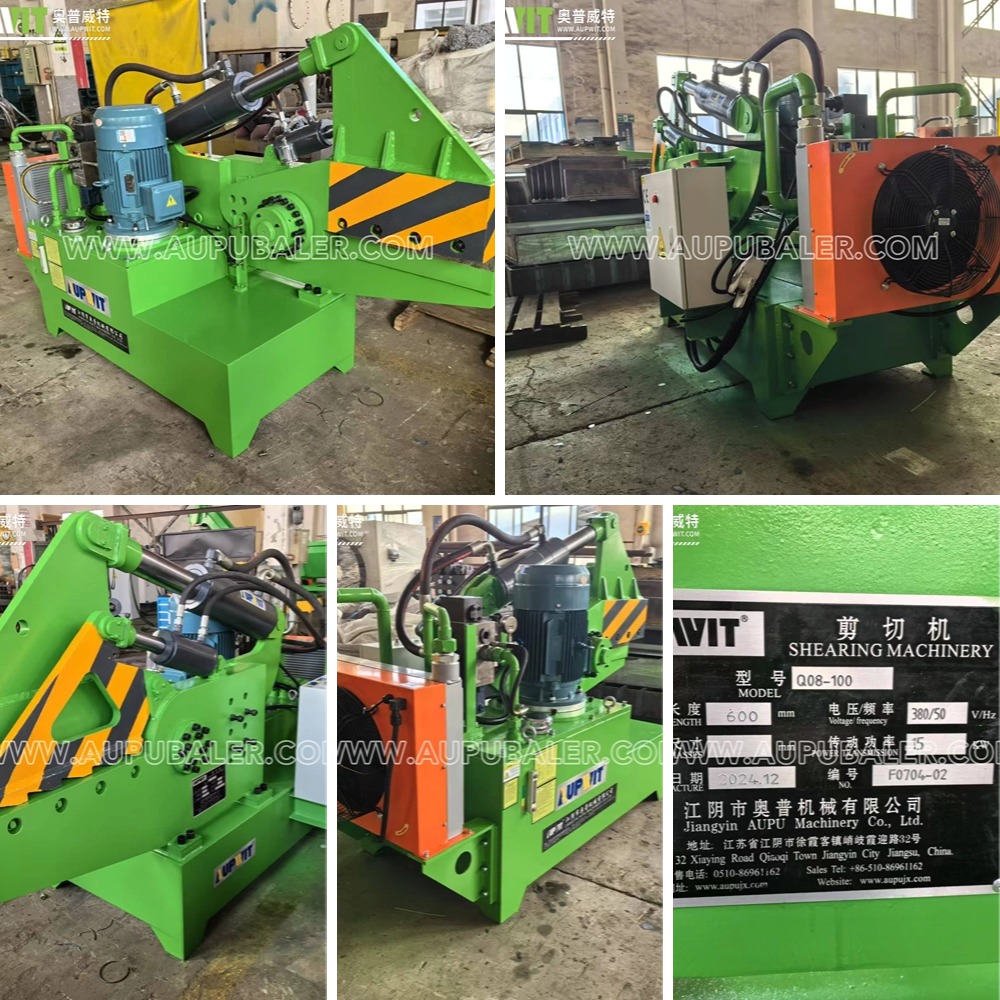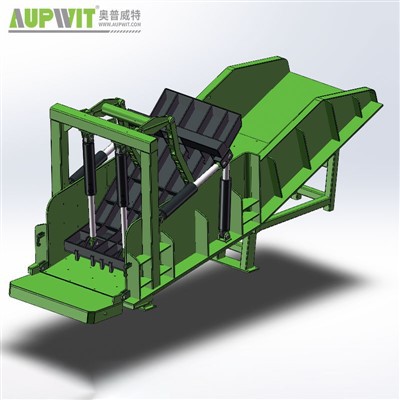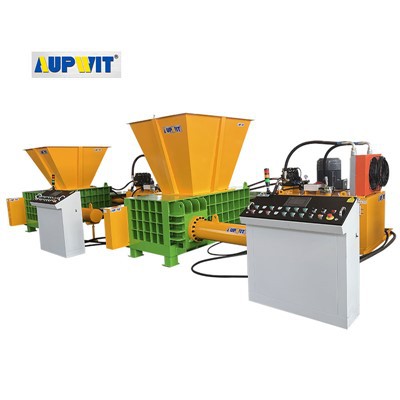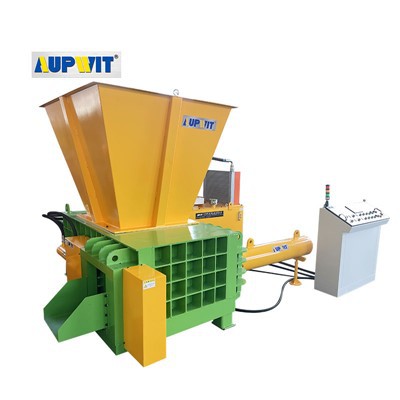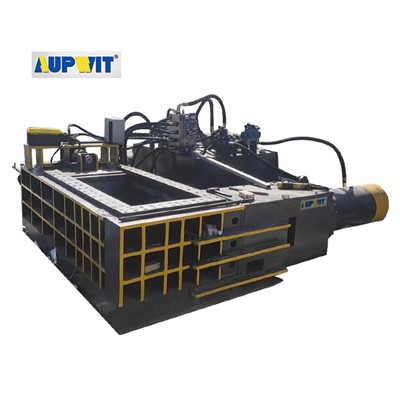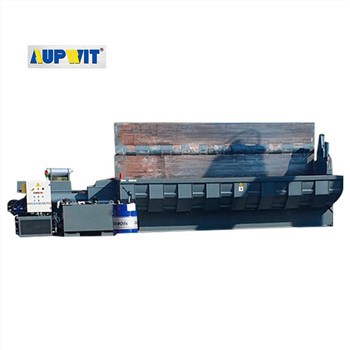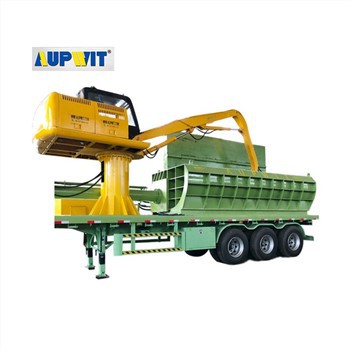1. Correct operation
Reasonable selection of shearing materials: Strictly follow the specifications and performance requirements of the metal shearing machine and select suitable materials for shearing. Avoid shearing materials that are too thick, too hard or exceed the shearing capacity of the equipment, and prevent the equipment from overloading to avoid excessive wear and damage to the tool and mechanical parts.
Standardized loading and unloading: When loading, ensure that the material is placed stably and accurately, avoid tilting or offsetting the material, and prevent additional impact and friction during the shearing process, which may damage the tool and equipment. When unloading, clean up the sheared waste in time to avoid waste accumulation affecting the normal operation of the equipment.
2. Regular maintenance
Tool maintenance: The tool is a key component of the metal shearing machine, which directly affects the shearing quality and the service life of the equipment. Regularly check, sharpen and replace the tool to maintain the sharpness and precision of the tool. After the tool has been used for a certain period of time, its cutting edge will gradually wear out, and it needs to be sharpened in time to restore the cutting performance of the tool. When the tool is severely worn and cannot be repaired by sharpening, a new tool should be replaced in time.
Lubrication and cleaning: Lubricate each part of the equipment regularly to reduce friction and wear. According to the instruction manual of the equipment, select the appropriate lubricant and add it at the specified location and time. At the same time, keep the equipment clean, and clean up impurities such as oil, dust and chips on the surface and inside of the equipment in time to prevent them from entering the key parts of the equipment and affecting the normal operation of the equipment.
3. Equipment inspection and maintenance
Daily inspection: During the operation of the equipment, the operator should conduct daily inspections, observe the operating status of the equipment, listen to the operating sound of the equipment, and check whether there are abnormal vibrations, heat, oil leakage and other phenomena in various parts of the equipment. Once a problem is found, the machine should be stopped for inspection and troubleshooting in time to avoid further deterioration of the problem and cause greater damage to the equipment.
Regular maintenance: Regularly conduct comprehensive maintenance of the equipment, inspect, measure and debug the key components of the equipment, and promptly discover potential problems and hidden dangers, and repair and replace them. For example, check the wear of gears, chains, belts and other components of the transmission system, and adjust or replace them in time; check the lines, switches, contactors and other components of the electrical system to ensure the safe and reliable operation of the electrical system.
